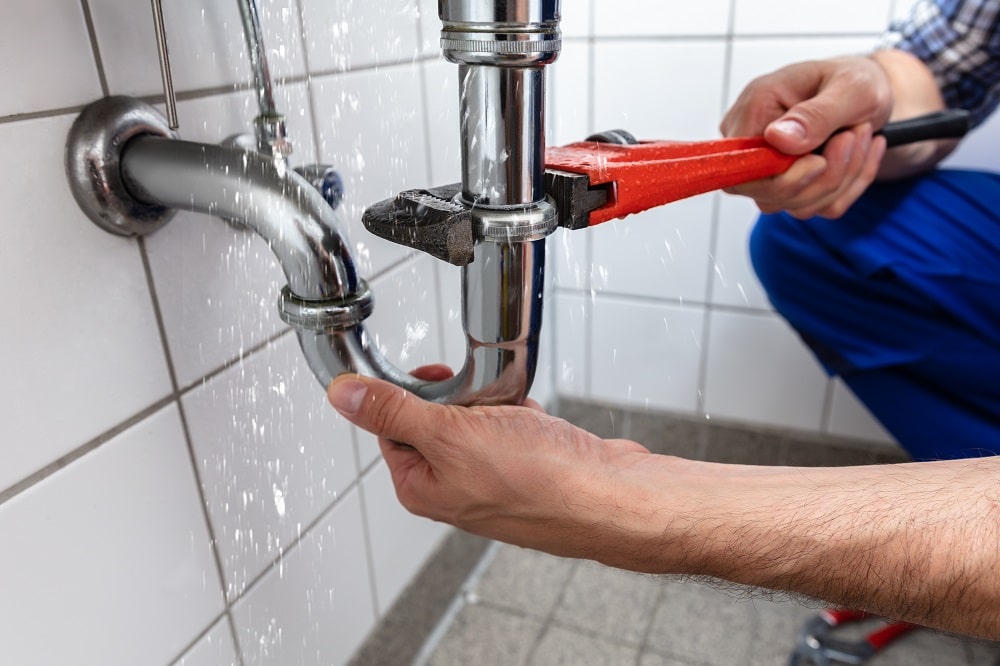The 8 Types of Home Water Filters And Filtration Systems
August 23, 2023

A home’s water filtration system typically utilizes a few different types of filters to eliminate a range of contaminants and harmful toxins. The following filters and filtering systems may be commonly found in homes across the US.
1. Sediment filtration
Sediment filtration is often the first step in a whole home water filtration system, removing particles like rust, sand, dust, silt, and heavy metals. A sediment filter may be made from melt blown polypropylene (PP) or pleated polyester. The micron rating of the filter will determine the strength of the filter.
2. Activated carbon block (ACB) filtration
This type of filter is made of fine carbon powder held together by a binding agent. The ACB filter removes chlorine taste and odor, lead, volatile organic compounds, and microscopic cysts.
3. Granular activated carbon (GAC) filtration
An alternative to the ACB filter, the GAC filter has a higher water filtration rate and is suitable for point of entry (POE) whole house filtration systems.
4. Reverse osmosis (RO) filtration
This system uses a semipermeable membrane to remove inorganic compounds from water. The RO filter has a slow water filtration rate and requires the use of a pressurized tank to store the filtered water.
5. Ion Exchange (IX)
This process utilizes specialized resin to remove harmful dissolved ions, minerals, metals, and acids from the water, typically to soften water. The ion exchange process can effectively remove dissolved inorganic contaminants, but isn’t suitable for removing organic contaminants and microorganisms.
6. Ultraviolet (UV) Disinfection
Ultraviolet technology can effectively kill viruses, parasites, and bacteria found in water sourced from wells, lakes, and streams. UV disinfection can also treat chlorine-resistant microorganisms found in municipally treated water. However, this form of protection should always be used in conjunction with a water filtration system.
7. Ultrafiltration (UF)
Ultrafiltration technology uses hydrostatic pressure to filter out microscopic contaminants like parasites, bacteria, and viruses. A UF membrane can only treat water with a low concentration of dissolved solids, requiring the use of additional filters beforehand.
8. Ionization
This process changes the water molecule structure to produce antioxidant-rich ionized alkaline water and oxidized ionized acidic water. Additional filters must be used before the ionization stage of water purification.
Last Updated: August 24, 2023
